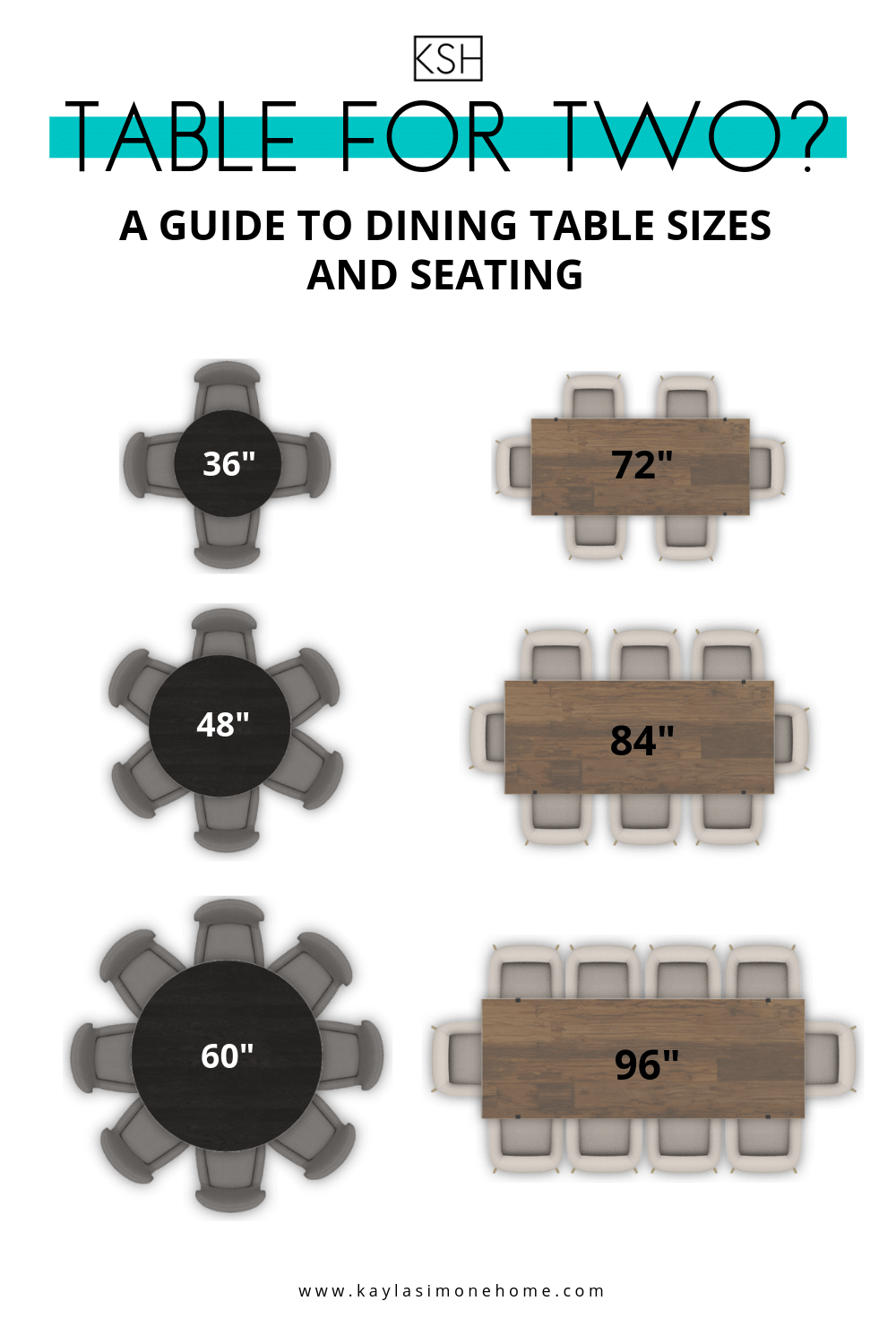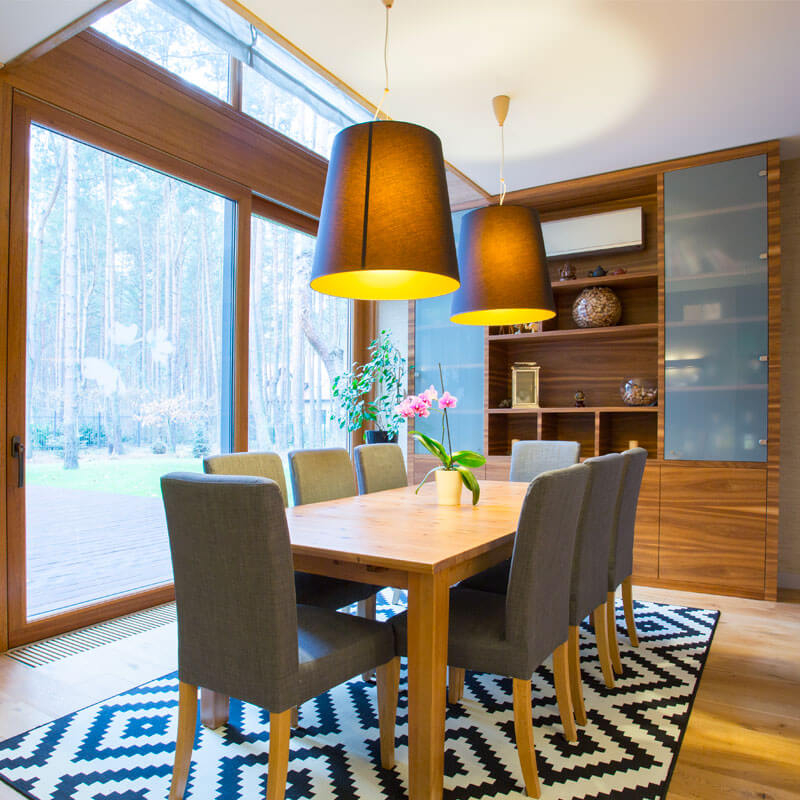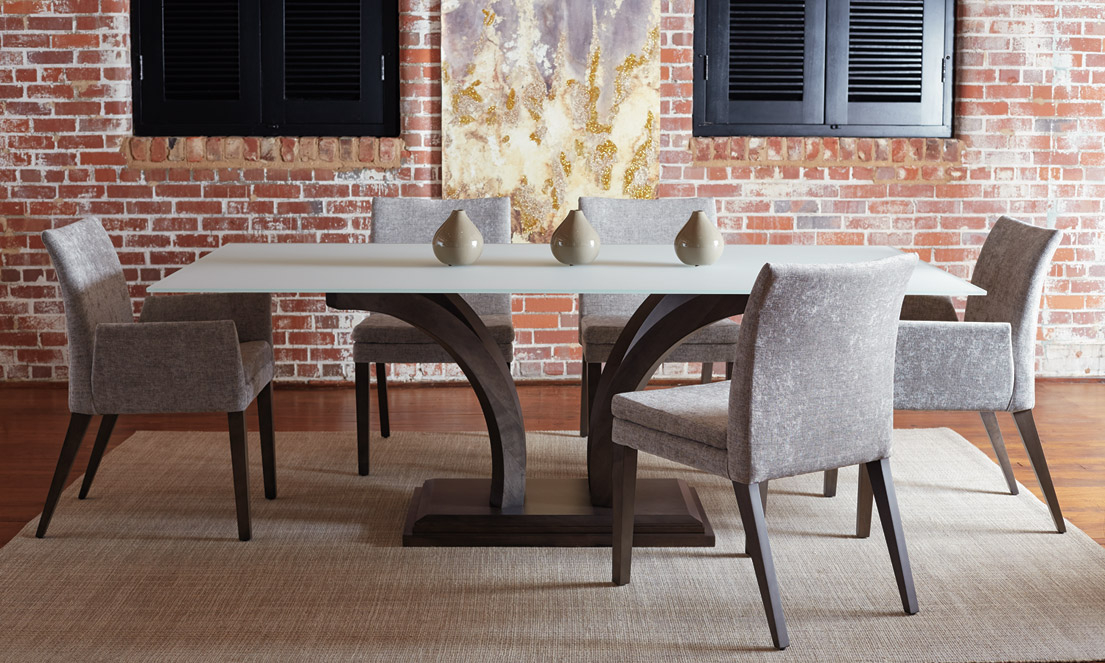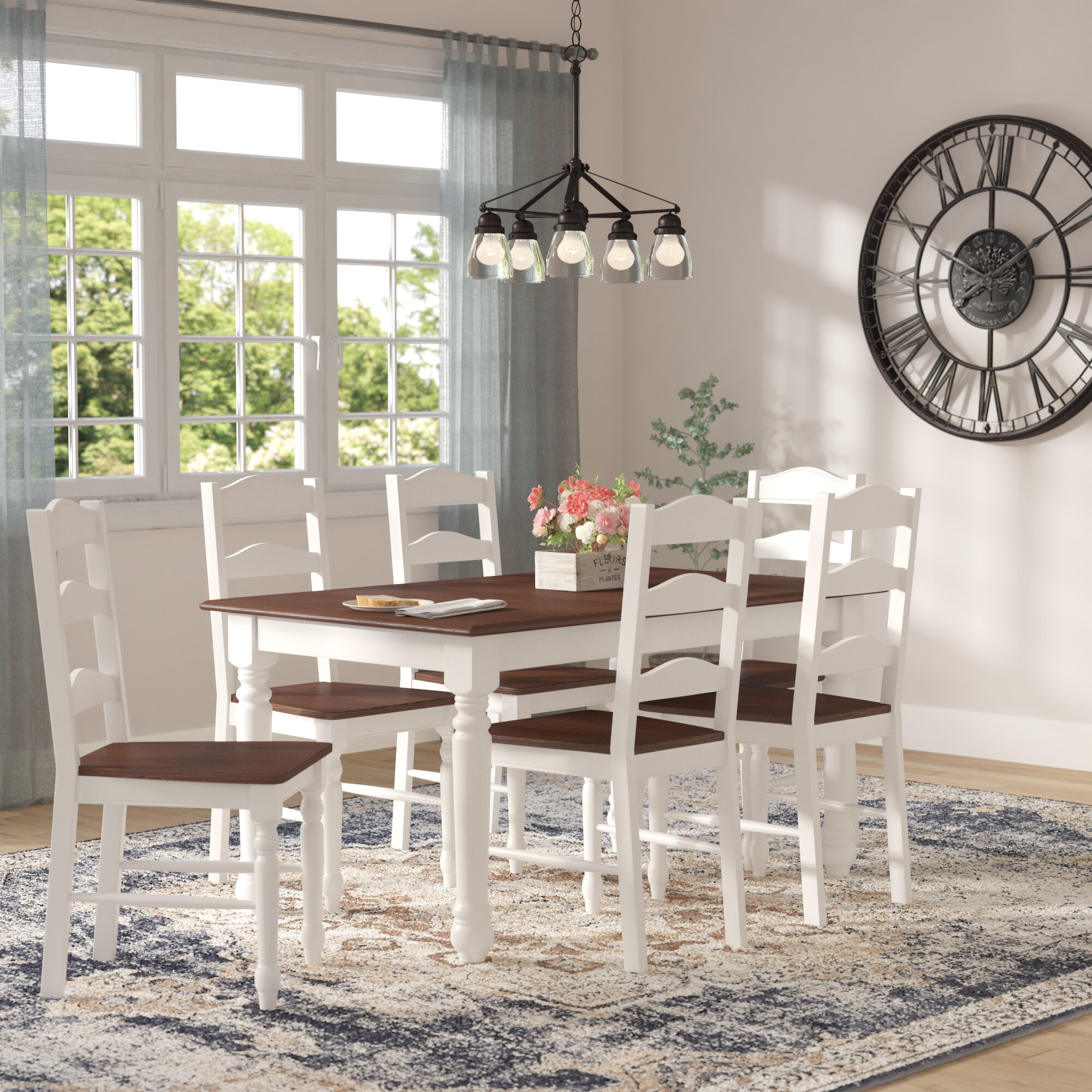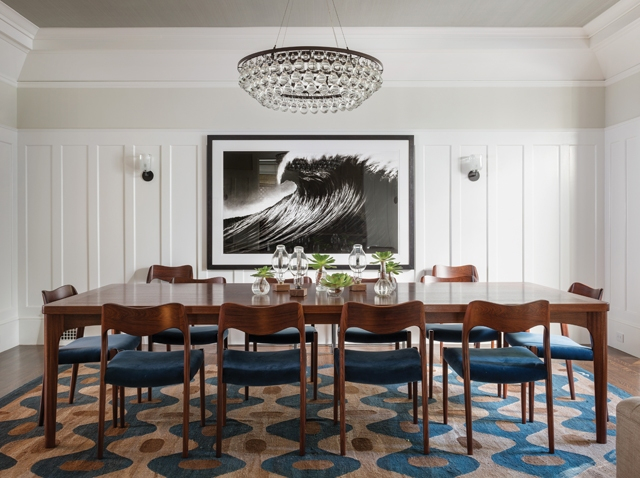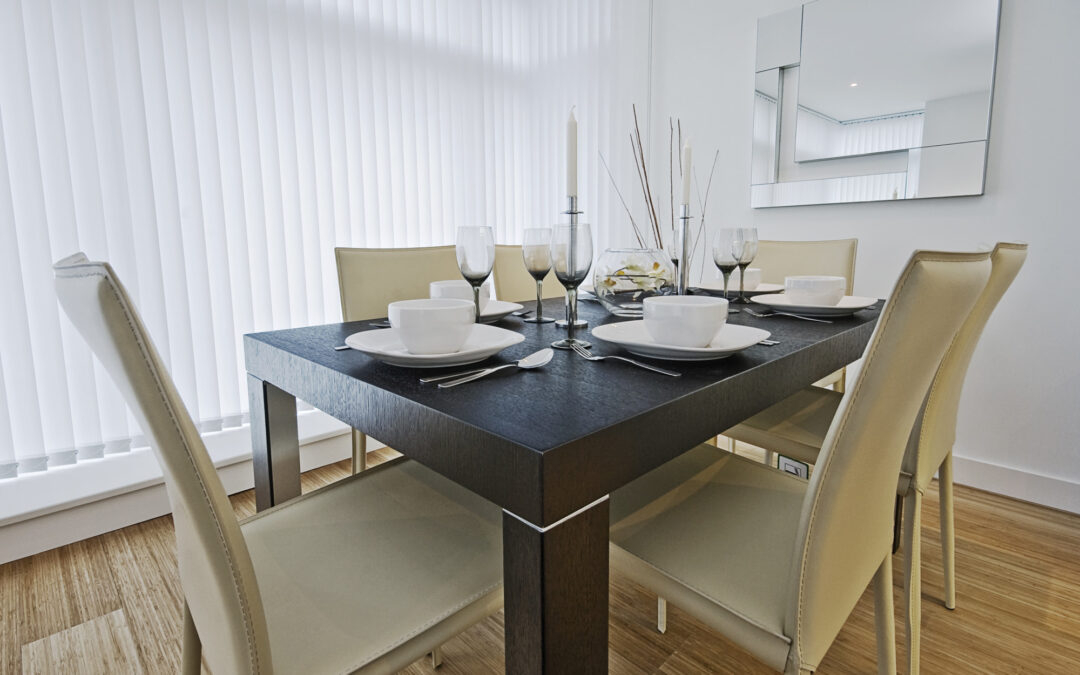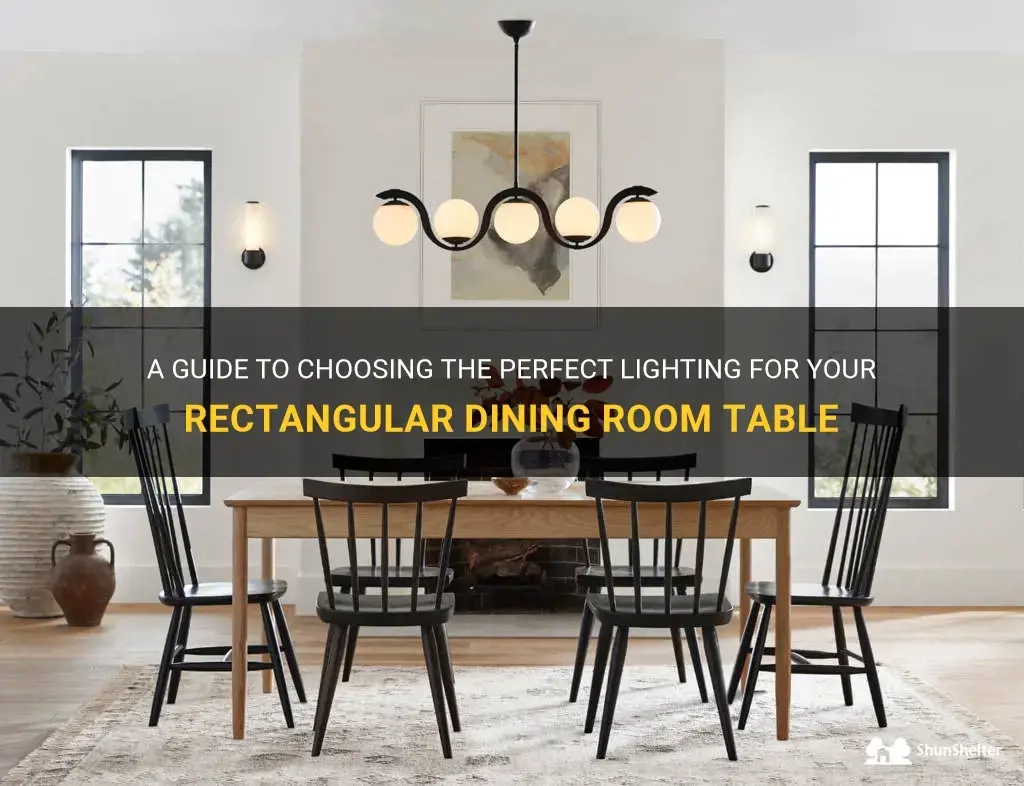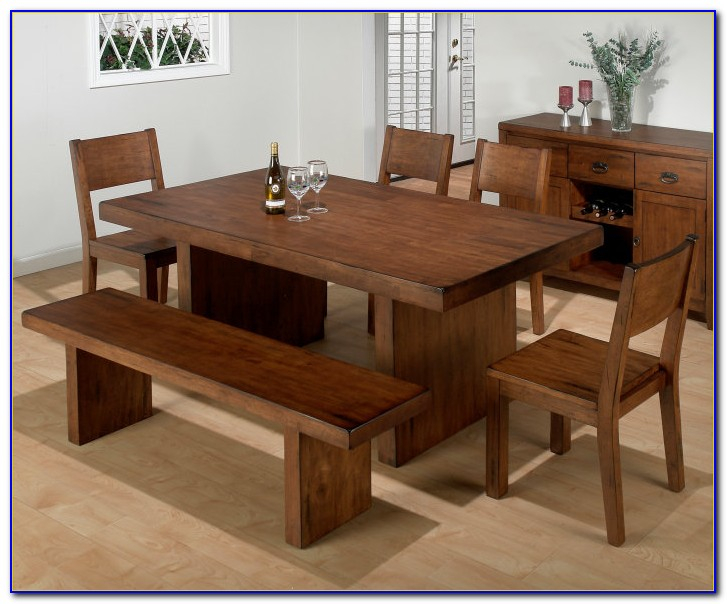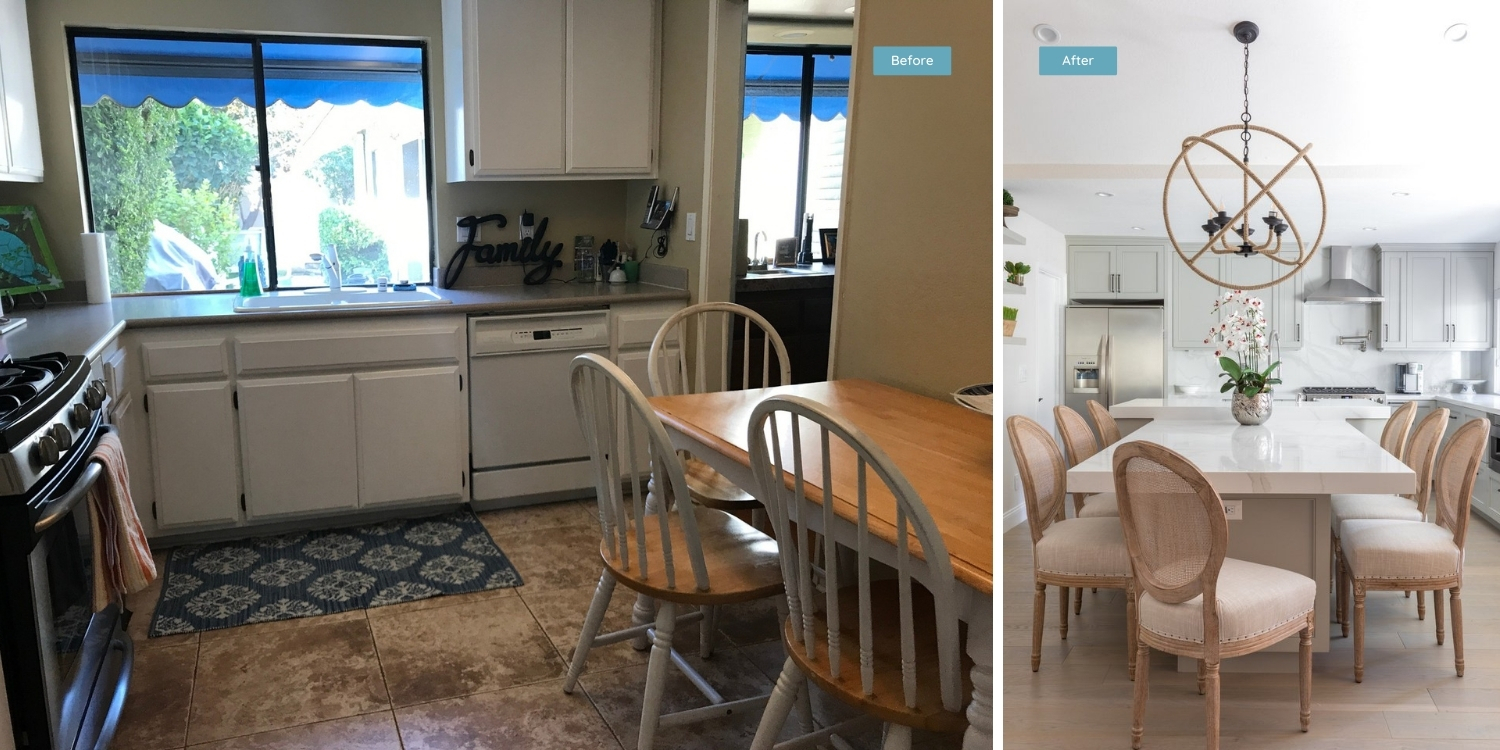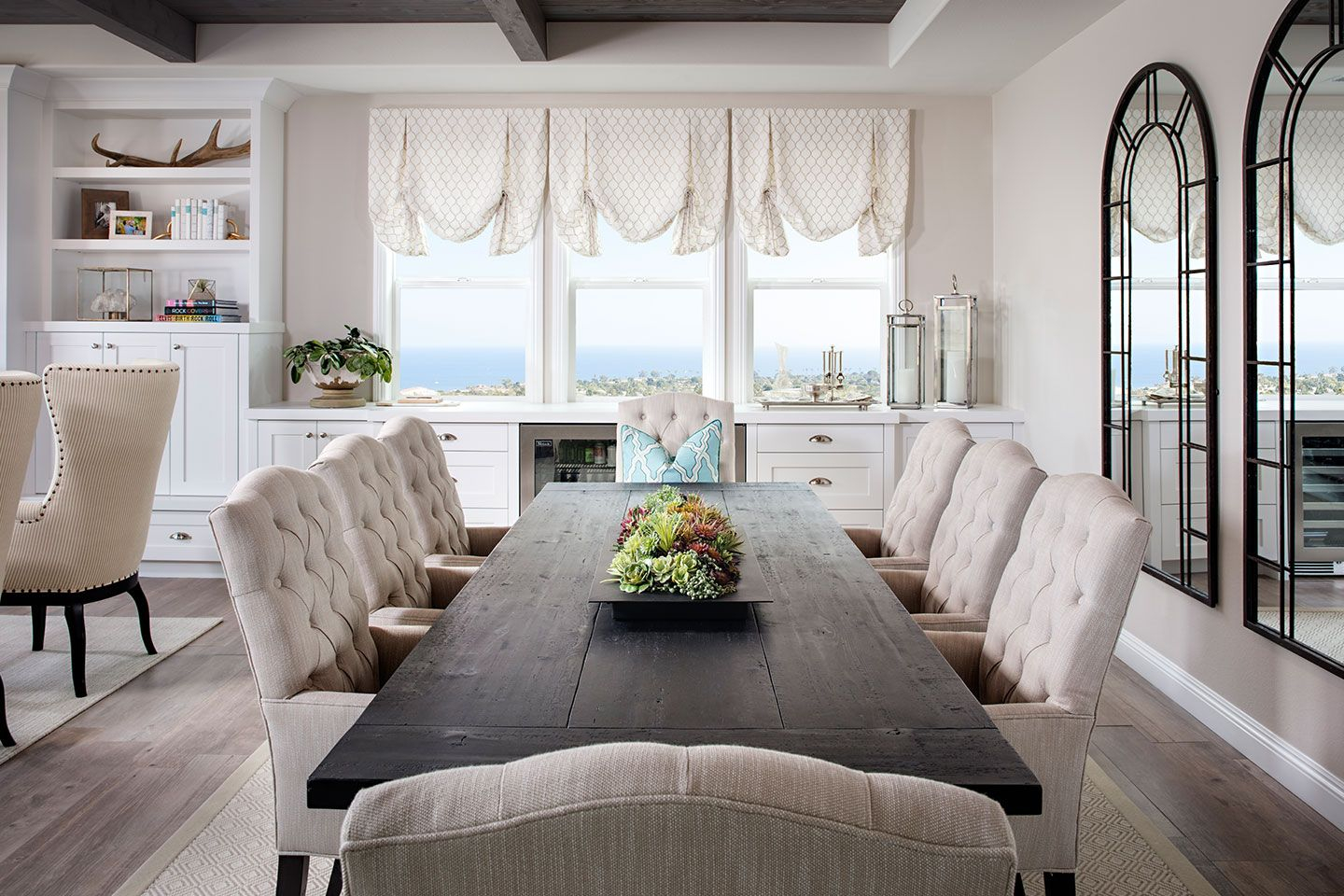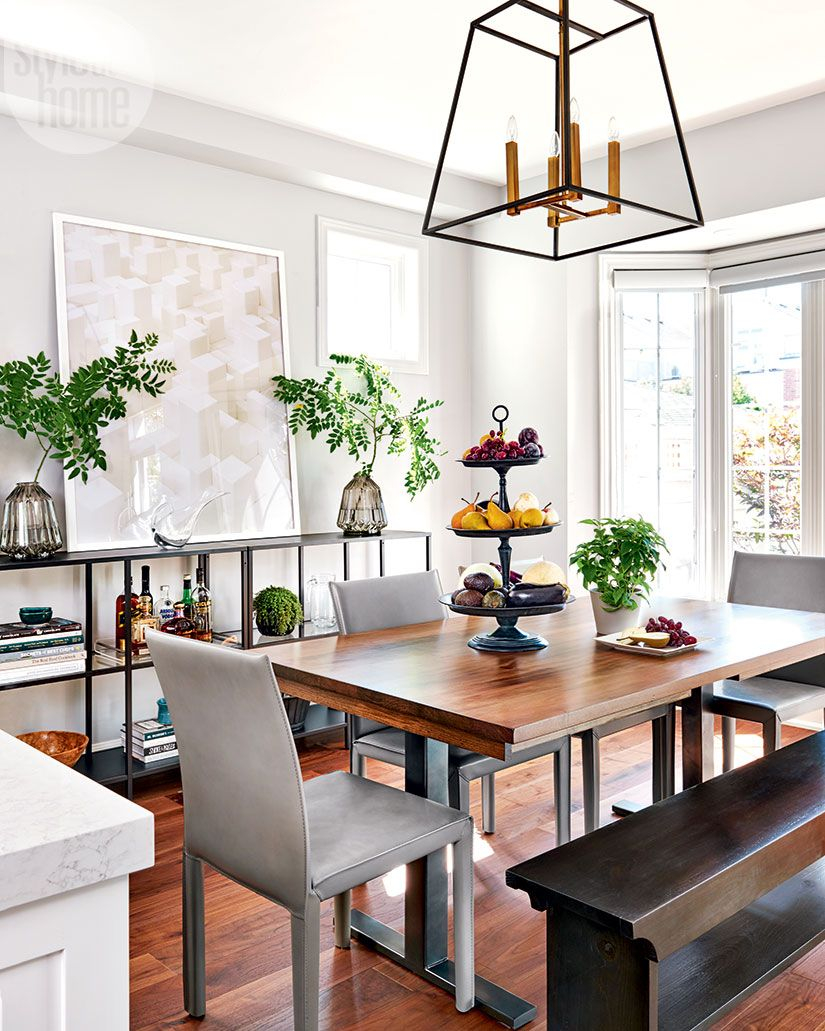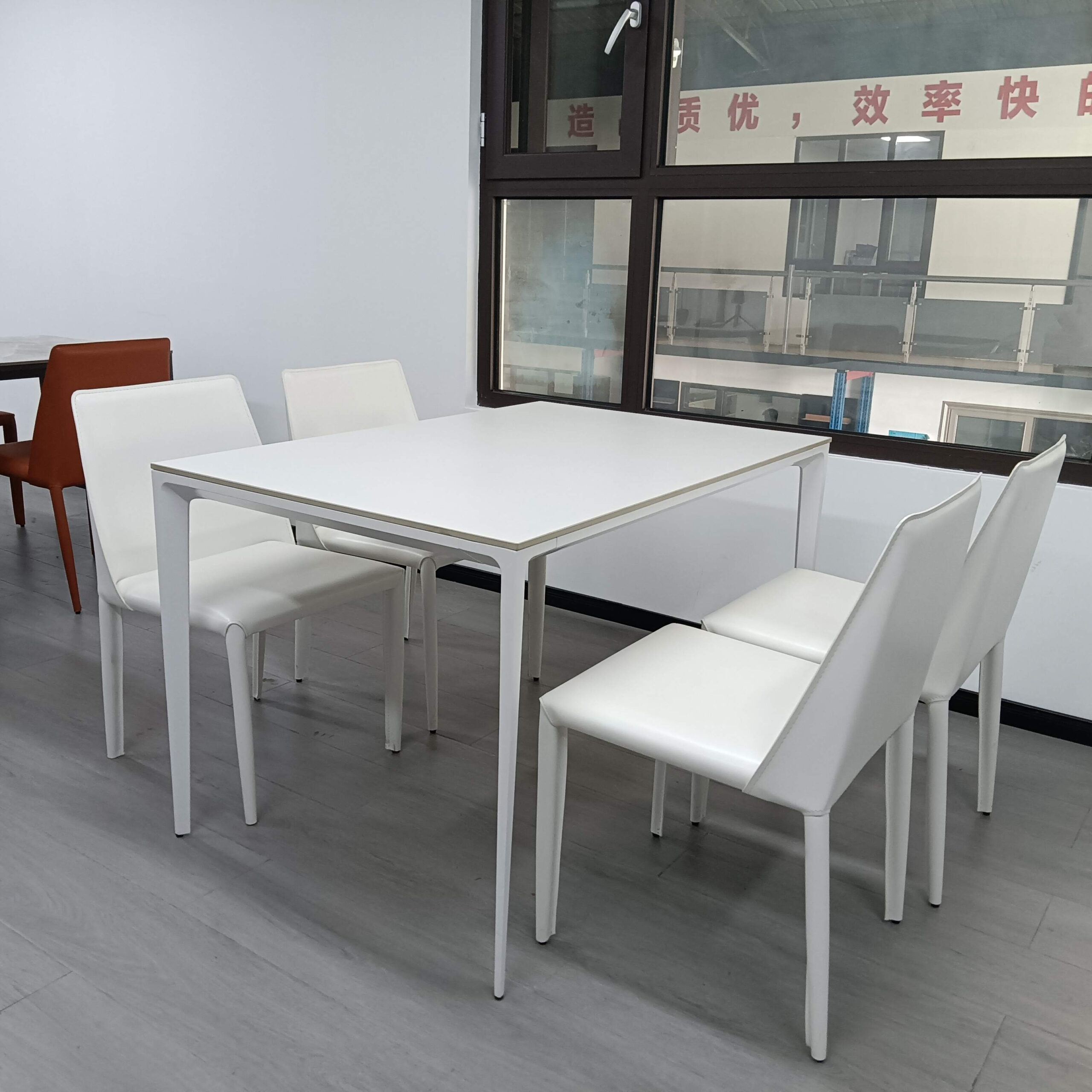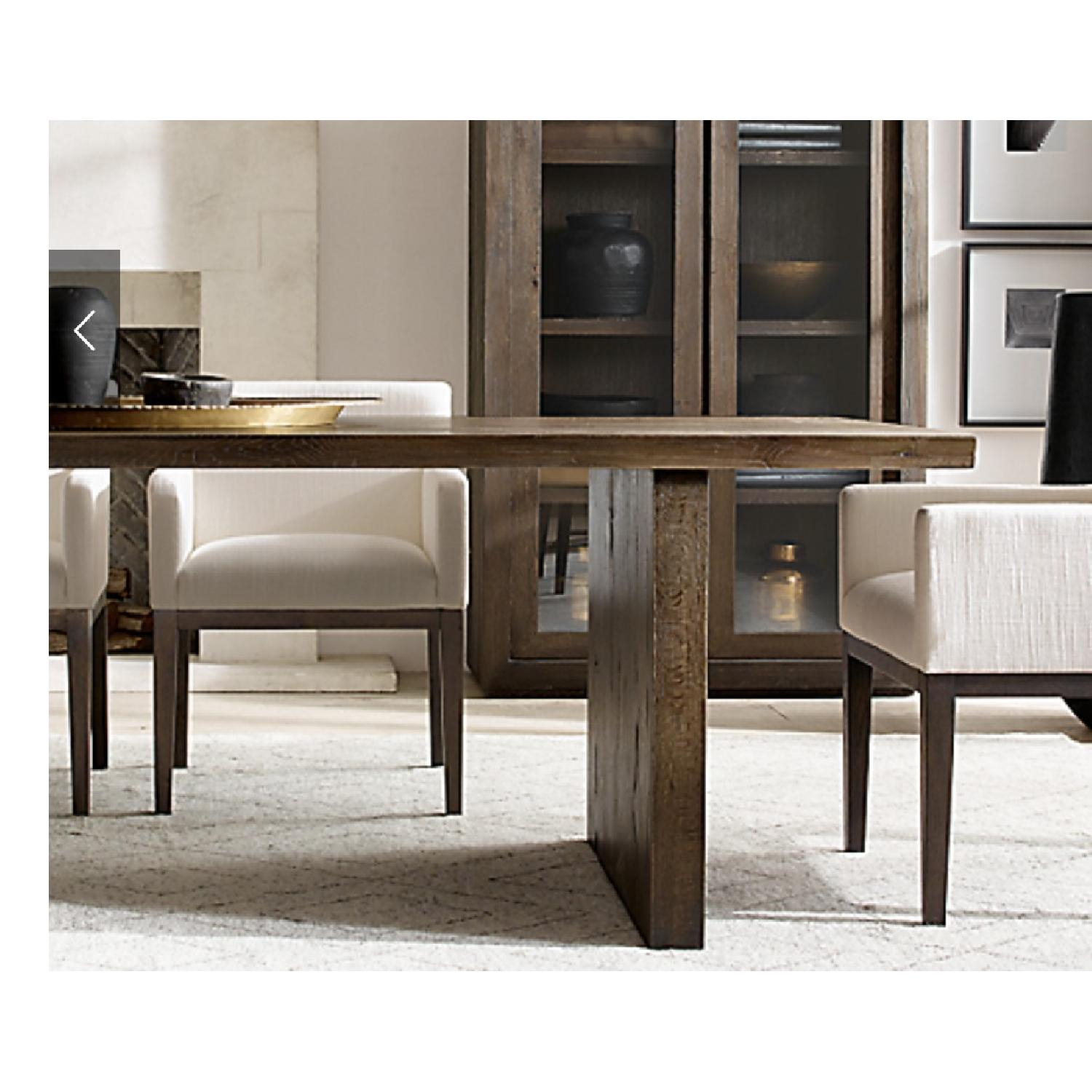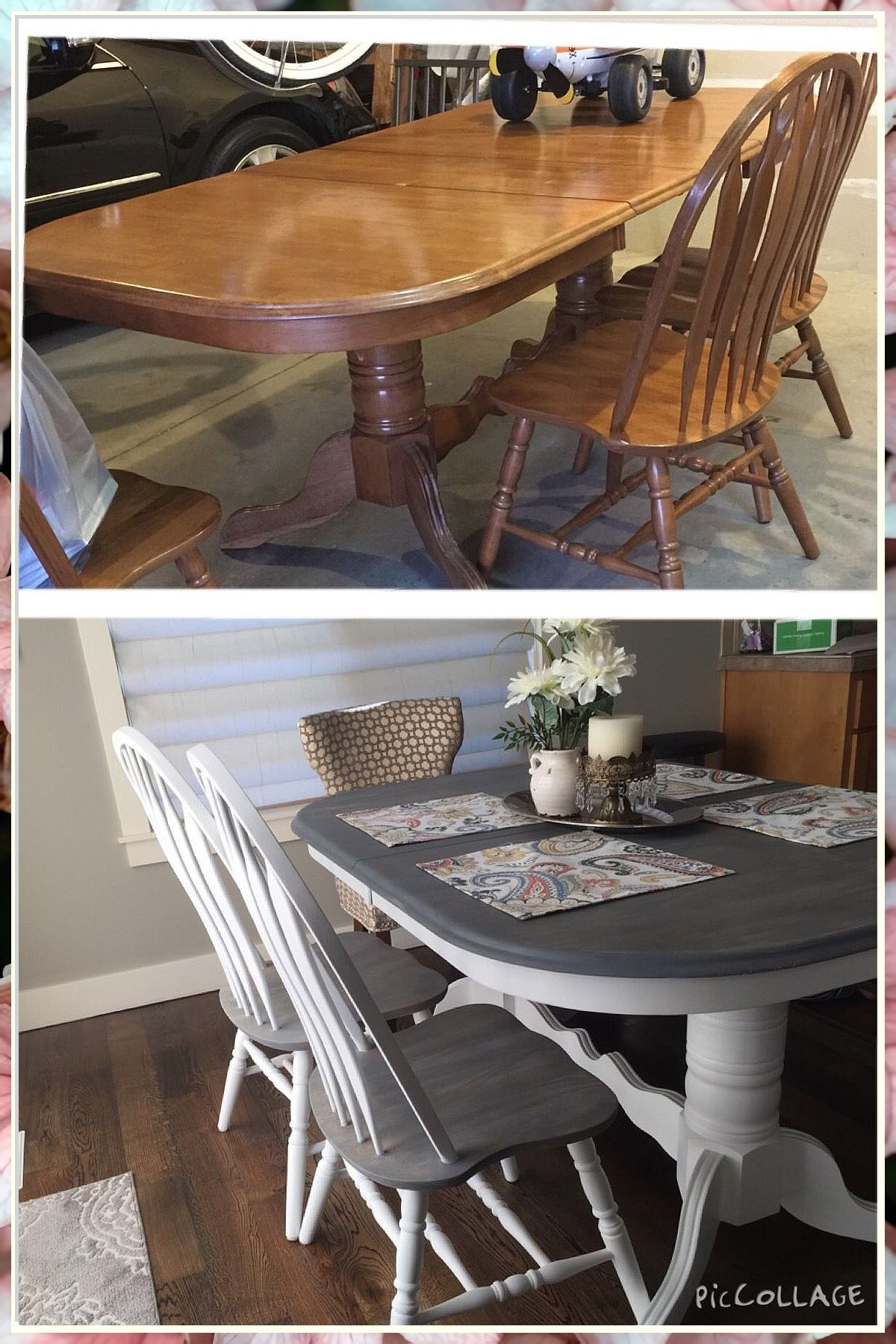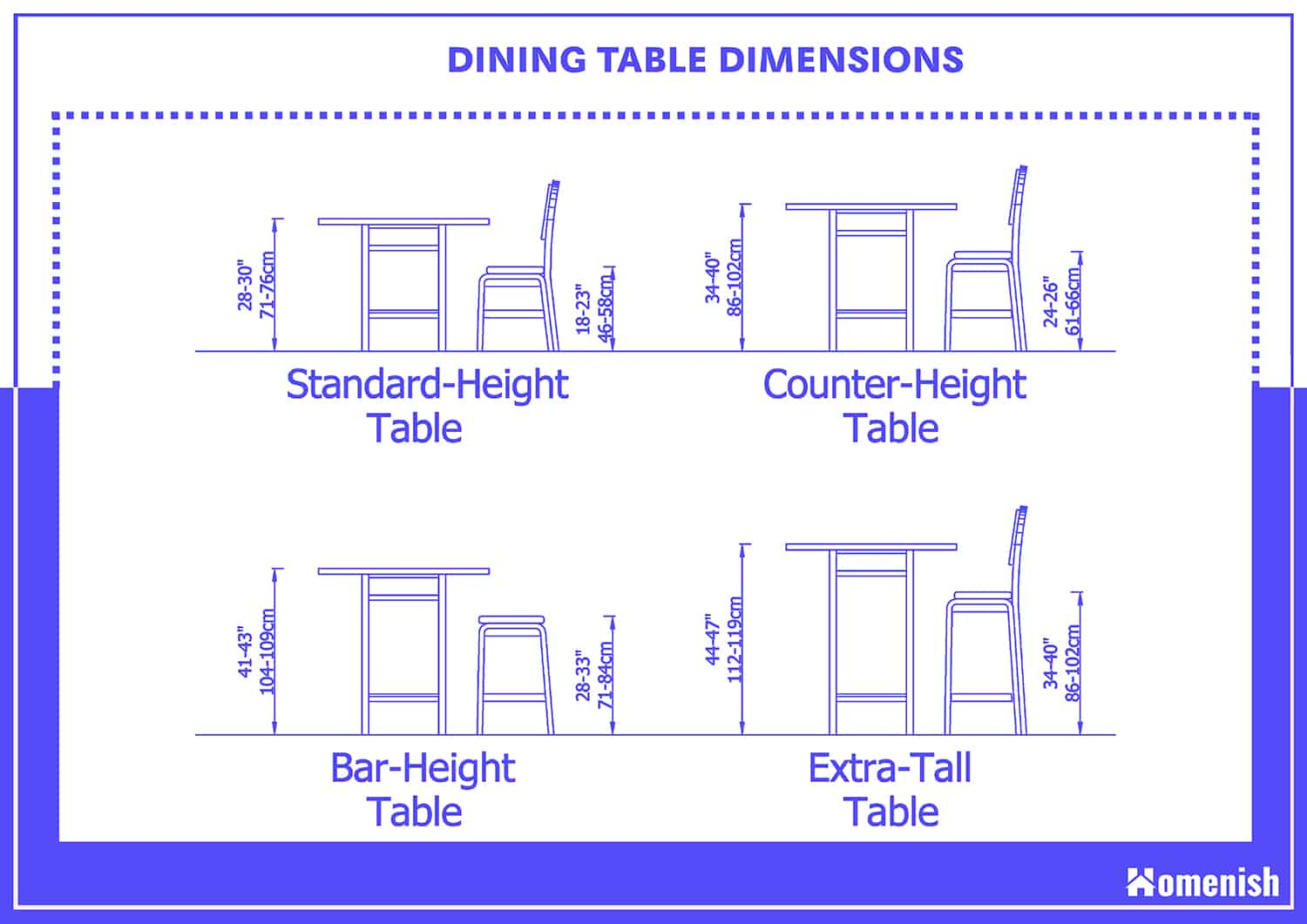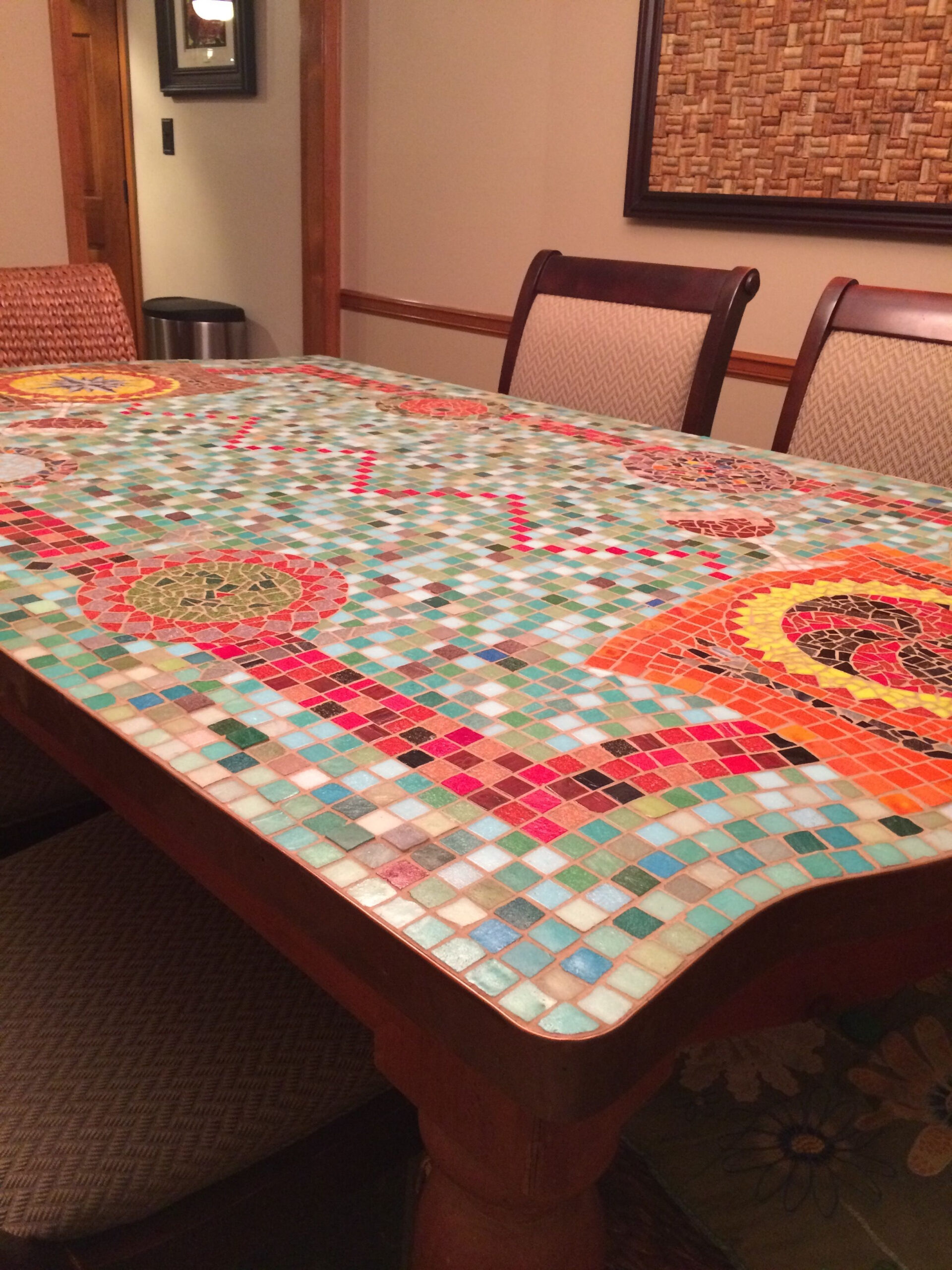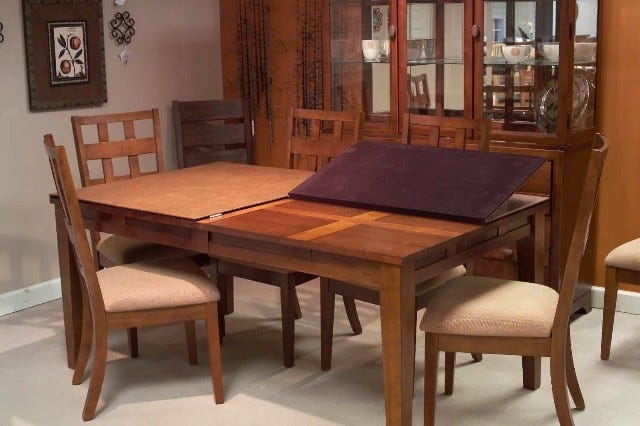The dining table. It’s more than just furniture; it’s the heart of many homes. It’s where families gather for meals, where friends catch up over coffee, and where memories are made. But choosing the right one? That can feel like a monumental task. Don’t worry, we’ll break it down so you can make a confident decision.
Think about it: your dining table sees a lot of action. From weeknight dinners and homework sessions to holiday feasts and lively game nights, it’s a central hub. That’s why picking the right one is so important. It needs to fit your space, your lifestyle, and your aesthetic. It’s a significant investment, so let’s make sure it’s a good one. We’re here to help you sift through the options and find a table you’ll love for years to come.
Size Matters: Fitting Your Space and Your Needs
The first thing to consider is, of course, size. How much space do you actually have? You don’t want a table that overwhelms the room or feels cramped when you pull out a chair. Measure your dining area carefully. A good rule of thumb is to leave at least 3 feet of space around the table for comfortable movement. This means if your table is 6 feet long, you’ll need about 9 feet of clear space in that direction.
Consider how many people you typically seat.
- Two to four people: A rectangular table around 48 inches or a round table with a 36-48 inch diameter usually works well.
- Four to six people: Look for a rectangular table around 60-72 inches or an oval table. A round table around 48-60 inches can also accommodate this many.
- Six to eight people: A rectangular table of 72-84 inches or an oval table is a good bet.
- Eight or more: You’ll likely need a longer rectangular table, perhaps 84 inches or more, or consider an extendable table.
Don’t forget about shape! Round tables encourage conversation and are great for smaller spaces, as they have no sharp corners. Rectangular tables are classic and offer more surface area, often fitting more people. Square tables can be cozy for smaller groups but can feel less intimate for larger gatherings. Oval tables offer the benefits of a rectangular table but with softer edges, which can be safer and visually appealing.
Material World: Durability Meets Design
The material of your dining table significantly impacts its look, feel, and durability.
Wood: This is a popular and timeless choice.
Hardwoods like oak, maple, and cherry are very durable and can withstand daily use, though they can be pricier. They often have a beautiful, natural grain.
Softwoods like pine are more affordable and lighter, but they can scratch and dent more easily. They offer a more rustic charm.
Veneers are a good compromise. A thin layer of real wood is bonded to a core material, offering the look of solid wood at a lower cost and often with better resistance to warping. Just be mindful of how they’re cared for, as deep scratches can reveal the core.
Glass: Glass-top tables can make a space feel larger and brighter, especially in smaller rooms. They’re easy to clean but can show fingerprints and may not be the best choice if you have very young children or pets prone to scratching.
Metal: Metal tables, often with glass or wood tops, offer a modern or industrial look. They’re generally very sturdy and durable.
Stone (Marble, Granite, Quartz): These materials offer a luxurious and substantial feel. They are very durable and heat-resistant, but they are also heavy, can be porous (depending on the type and sealant), and are usually the most expensive option. Think about how you’ll use the table. If spills and potential scratches are a concern, a durable, easy-to-clean material might be your best bet.
Style Harmony: Matching Your Home’s Aesthetic
Your dining table should complement your existing decor. Are you going for a modern, minimalist vibe? A sleek glass-top table with clean lines or a dark wood table with a simple silhouette might be perfect. Perhaps your style is more traditional or farmhouse. In that case, a distressed wood table with a sturdy base or a table with carved details could be ideal.
Consider the overall color palette of your dining room or open-concept space. A light-colored wood can brighten a room, while a darker wood adds warmth and sophistication. If your room is already very colorful, a neutral table might be best to avoid overwhelming the space.
Don’t forget the chairs! The table and chairs should work together. Will you buy a set, or mix and match? If you’re mixing, ensure the scale and style complement each other. For instance, a very ornate table might look best with simpler chairs, and vice versa.
Functionality First: Beyond Just Eating
How will you primarily use your dining table? If it’s just for sit-down meals, most tables will suffice. But if you plan to use it for other activities, functionality becomes even more critical.
- Extendable Tables: These are lifesavers for those who like to entertain but don’t have a huge dining space. They come with leaves that can be added or removed to adjust the table’s length, offering flexibility.
- Durability for Everyday Use: If kids are going to be doing homework, crafts, or playing games at the table, choose a material that can handle a bit of wear and tear. A solid wood table with a good finish or a laminate surface might be a wise choice.
- Easy Cleaning: For busy households, a surface that’s easy to wipe down after meals or messy activities is a huge plus. Glass and sealed wood are generally good in this regard.
Budgeting Wisely: Finding Value
Dining tables can range dramatically in price. Set a budget before you start shopping. Remember that a higher price often reflects better quality materials, construction, and design, which can mean greater durability and longevity. However, you can still find excellent value without breaking the bank.
- Look for sales and discounts. Many furniture stores have seasonal sales.
- Consider online retailers. They sometimes offer competitive pricing.
- Explore vintage or second-hand options. You can often find beautifully crafted, solid wood tables at a fraction of the original cost. A little refinishing can make an old table look brand new.
- Factor in the cost of chairs. If you’re buying chairs separately, make sure your budget accounts for them too. Sometimes buying a table and chair set offers better value.
The Comfort Factor: How it Feels to Use
Beyond how it looks, how does the table feel? This often comes down to the details.
- Tabletop Thickness: A thicker tabletop generally feels more substantial and robust.
- Leg Placement: Ensure the legs don’t get in the way of your seating. Pedestal bases or tables with legs set in from the corners can offer more legroom.
- Edge Details: Are the edges rounded or sharp? For a family with young children, rounded edges are a much safer option.
- Height: Standard dining table height is around 28-30 inches. Make sure this works with your chosen chairs. You don’t want the chairs to be too high or too low for the table.
Take the time to sit at a table in the store if possible. Imagine yourself having a meal there. Does it feel comfortable and inviting? This sensory experience is just as important as the visual appeal.
Choosing a dining table is a personal journey. By considering size, material, style, functionality, budget, and comfort, you can find a piece that not only looks great but also serves your family beautifully for years. Don’t rush the process. Take measurements, visualize the table in your space, and think about how you’ll use it day in and day out. The perfect dining table is out there, waiting to become the centerpiece of your home and your cherished memories.

